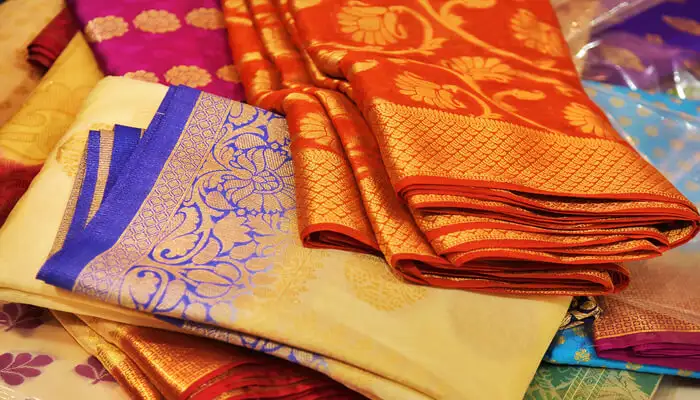
Because of its fine hair, cashmere can be woven into elegant clothing that is both comfortable and long-lasting, yet this quality does not come cheap.
Contrary to popular belief, cashmere is not derived from sheep but rather from the cashmere goat. Because of the extreme cold in the Himalayas, where temperatures may dip below -30°C, these goats develop a thick, insulating coat. The strong, spiky guard hairs of a cashmere goat are complemented with a luxuriously smooth undercoat made of cashmere. A cashmere goat will only generate around 200 grams of wool per year, whereas a sheep may produce at least 3 kilograms.
The annual harvest is all that can be done because of the minimal quantity each goat produces. Even once the fibers are obtained, the useable weight is cut in half after oil, filth, and larger hairs are removed, and cashmere still only accounts for 0.5% of the world’s total wool output.
It takes a lot of labor to refine the pure cashmere once you get it. Before being used, the fibers are aerated and dyed to the desired shade. Because of its fragile nature, men’s cashmere jumper must be handled with care at every stage of production to prevent the fibers from being damaged by chemicals or excessive processing.
To prepare the fibers for spinning into yarn, they are carded, which separates the individual hairs and arranges them in neat rows on thin sheets. Individual cashmere hairs of the highest quality may be as thin as 14 micrometers, and this determines the cashmere’s quality.
The market for less expensive cashmere goods has exploded in recent years. Some of them may employ a slightly lesser grade of cashmere or alternative processing techniques to make the finished product more accessible, but they all promise to give the same quality as cashmere at a reduced price. They are inexpensive in comparison to wool, but nevertheless often cost twice as much.
Some apparently 100% men’s cashmere jumpers sale have been discovered to include yak hair or even rat fur, illustrating the extremes to which mislabeling may go. A product that is ridiculously low-priced yet advertises itself as cashmere should probably be avoided.
The quality may be inferred from the following specifics:
- Exceptional softness; premium cashmere also resists itchiness.
- Cashmere that is both finer and less prone to pilling is more visually appealing.
- Fine cashmere has a fiber length between 36 and 40 millimeters. In a nutshell, cashmere clothing crafted from short-fiber cashmere will accumulate more lint than longer-fiber cashmere clothing.
- The number of strands woven into yarn before it was used to create the item. Yarn with more strands is warmer, lasts longer, and may be used for longer.
When should I wash my cashmere sweater?
Goats seldom bathe, yet manage to maintain a cashmere men’s jumper. Wool’s natural ability to clean itself is only one of its many advantages. After each use, hang your garments outside to dry and let them air overnight. If an item of clothing is soiled or has begun to smell musty despite being aired out, it is time to give it a good washing. Until then, however!






